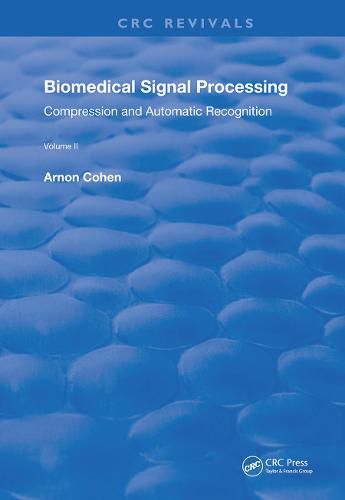Readings Newsletter
Become a Readings Member to make your shopping experience even easier.
Sign in or sign up for free!
You’re not far away from qualifying for FREE standard shipping within Australia
You’ve qualified for FREE standard shipping within Australia
The cart is loading…






First published in 1986: The presentation of the material in the book follows the flow of events of the general signal processing system. After the signal has been acquired, some manipulations are applied in order to enhance the relevant information present in the signal. Simple, Optimal, and adaptive filtering are examples of such manipulations. The detection of wavelets is of importance in biomedical signals; they can be detected from the enhanced signal by several methods. The signal very often contains redundancies. When effective storing, transmission, or automatic classification are required, these redundancies have to be extracted.
$9.00 standard shipping within Australia
FREE standard shipping within Australia for orders over $100.00
Express & International shipping calculated at checkout
First published in 1986: The presentation of the material in the book follows the flow of events of the general signal processing system. After the signal has been acquired, some manipulations are applied in order to enhance the relevant information present in the signal. Simple, Optimal, and adaptive filtering are examples of such manipulations. The detection of wavelets is of importance in biomedical signals; they can be detected from the enhanced signal by several methods. The signal very often contains redundancies. When effective storing, transmission, or automatic classification are required, these redundancies have to be extracted.